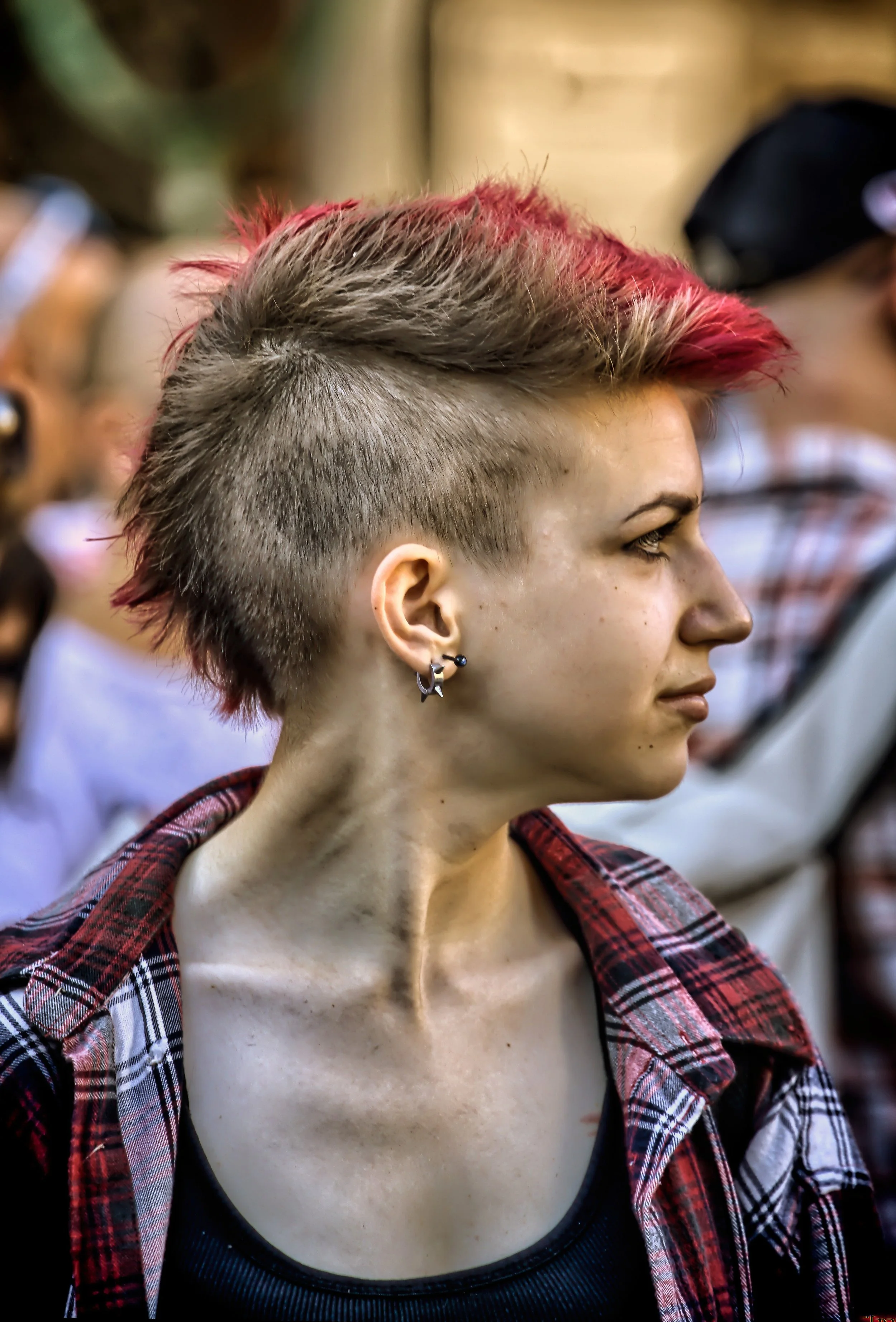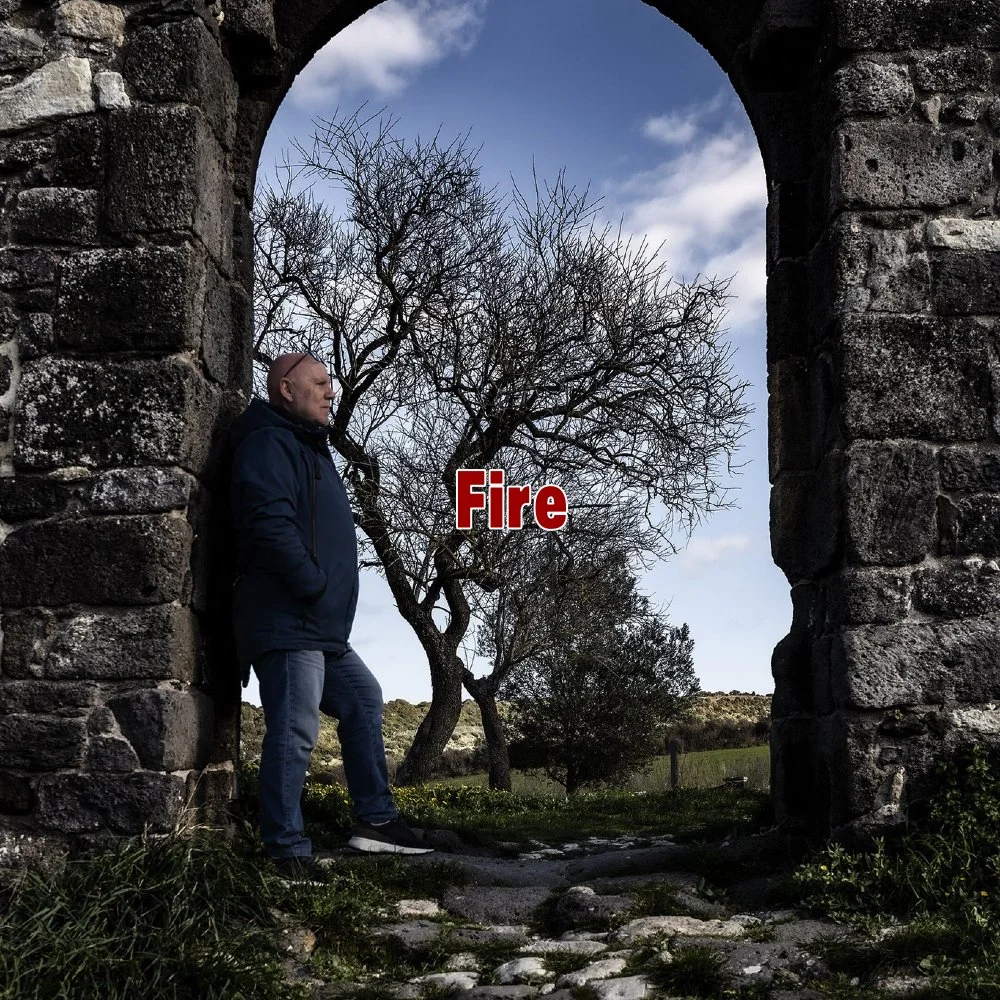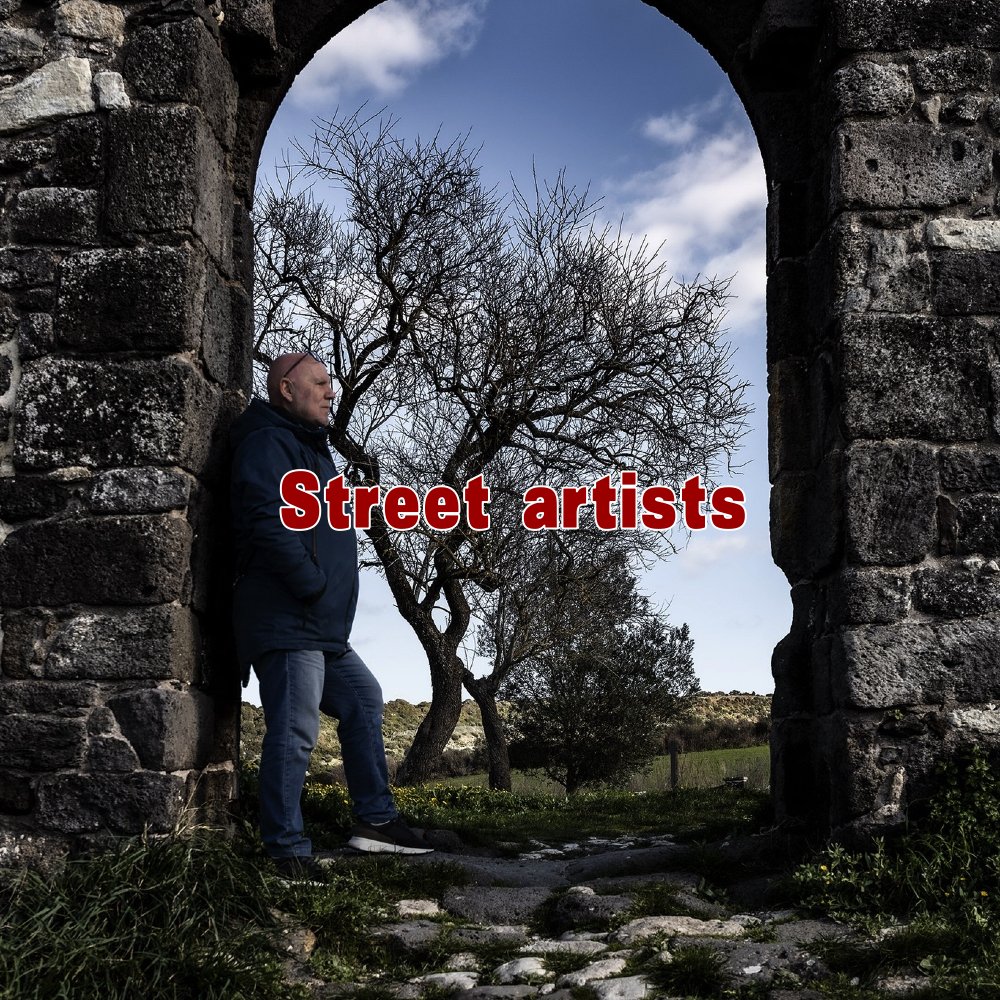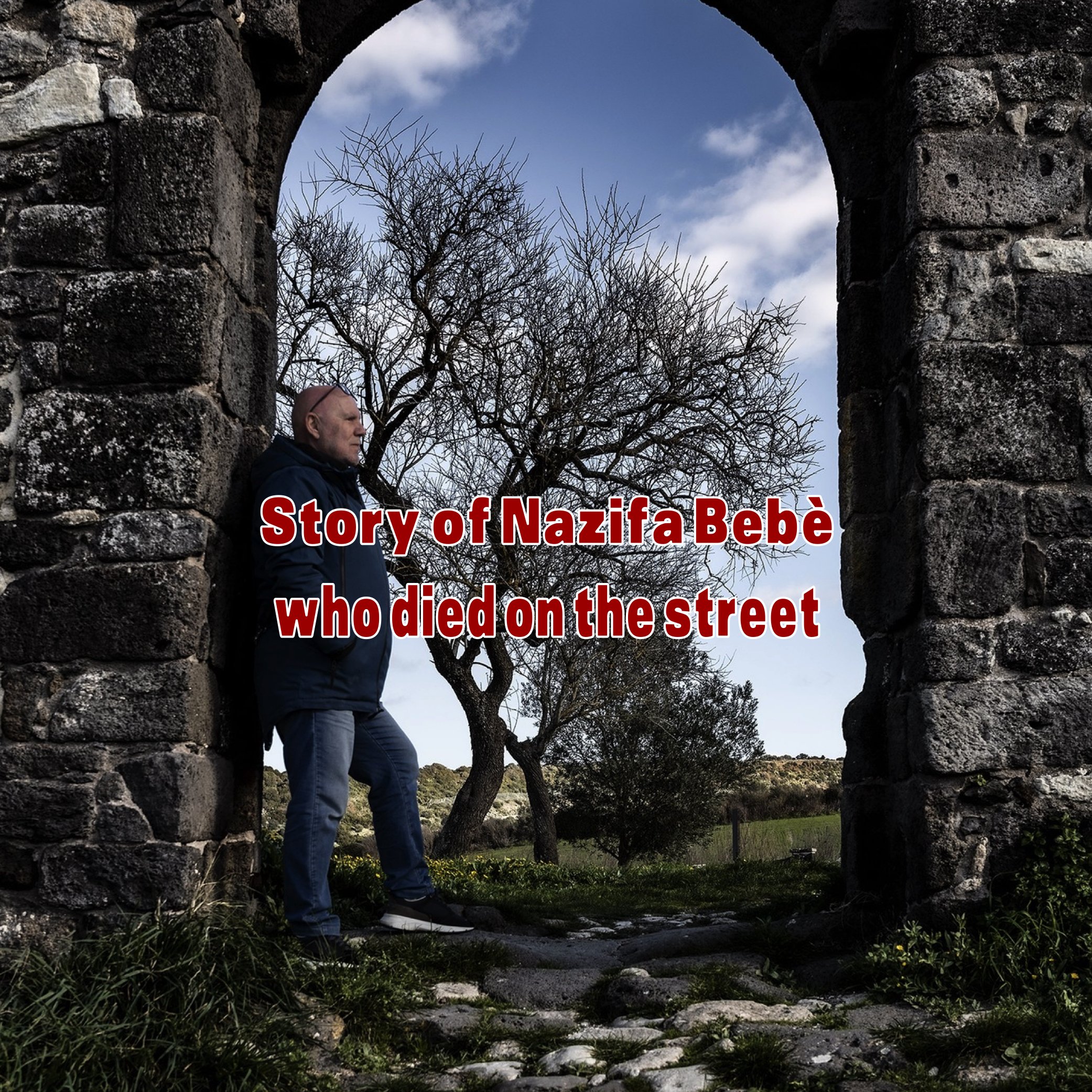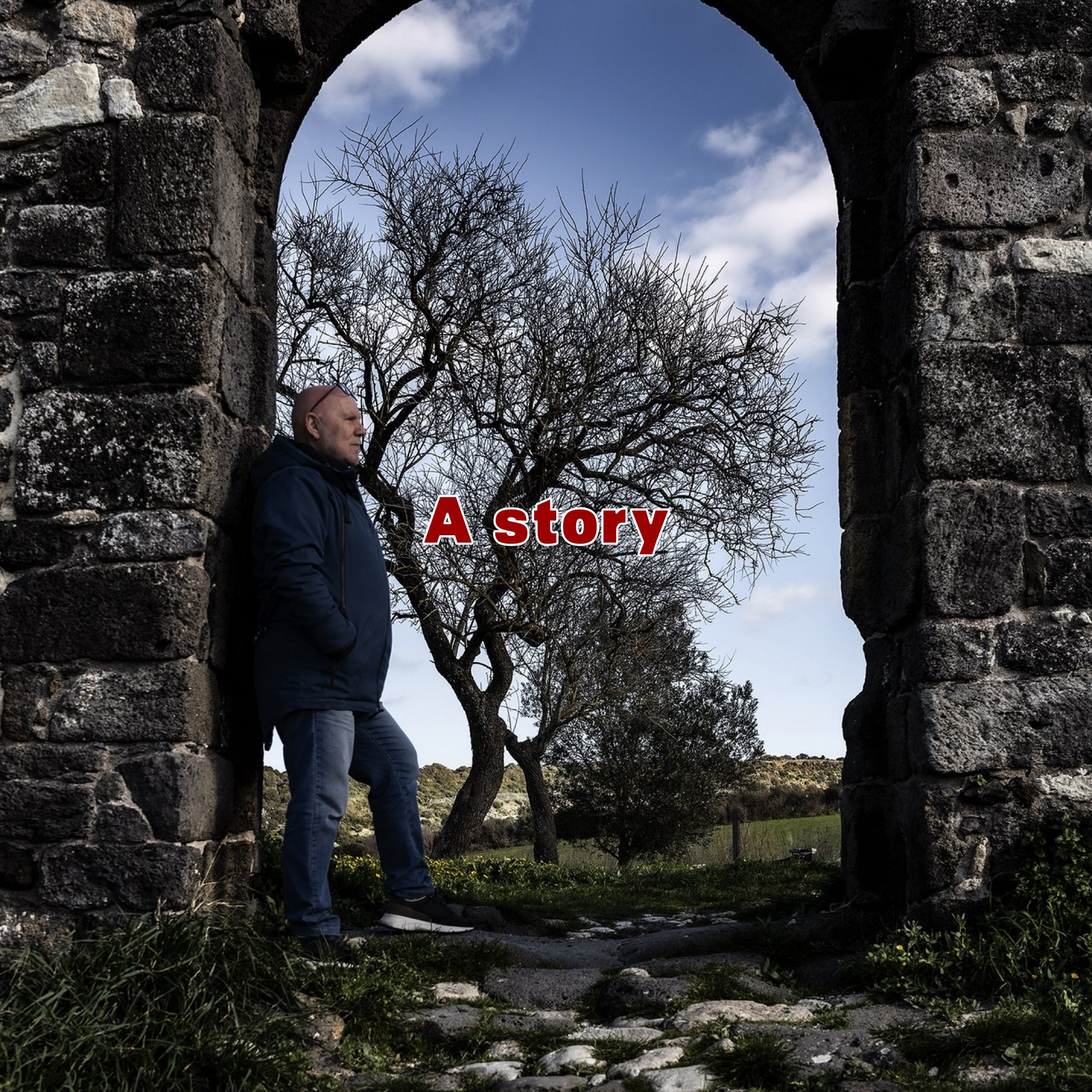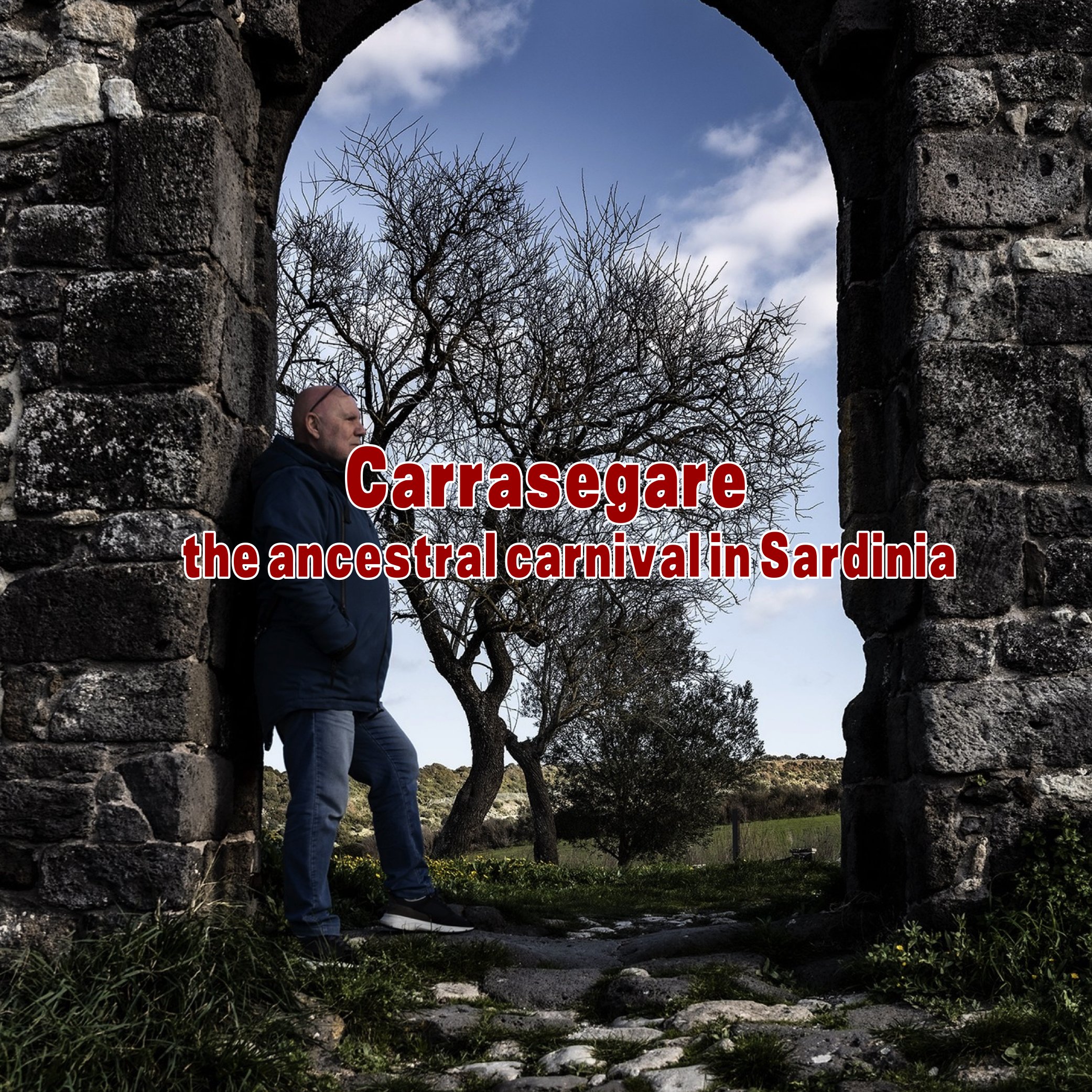In light and shadow: travel notes of an anarchist storyteller
Pride
I confess that the first time I attended a Pride, many years ago, I was not entirely free of prejudices. Because everything I had seen up to that moment on TV or read in magazines seemed excessive to me. An unrestrained performance of appearance rather than of being. A collective ritual tilted towards the idea of scandal, rather than an assertion of natural rights. But I was wrong. And I quickly realised that what I was participating in for the first time, with my cameras slung around my neck, was the opposite of what I had always believed. Since that day, whenever I could, I have never missed a Pride.
Each Pride, in fact, carries with it a single soul. That of a humanity that, just a few decades ago, was forced to hide in the shadows and that today no longer gives up the light (the first parade was organised in 1970 in Chicago, after the incidents the previous year in Greenwich Village, New York). But, together, each Pride has a thousand, thousand, thousand faces, always different. The most interesting of which are almost never the most obvious and hyper-colored. Often, in fact, they hide beneath the wave of music, carving out small spaces within the oceanic mass of participants.
I decided almost from the start that I would never photograph what was most showy. Instead, I would try to capture as many faces as possible. Because behind every face lies a unique story, one that is different from all others. Sometimes it carries anger; other times, weakness. Sometimes joy, the desire to scream, fear, passion, sadness, melancholy, or sweetness. And always, the desire to get lost for an entire day in the vibrations of music played at full volume. In a chaos with a gentle soul, that welcomes everyone and rejects no one.
Confesso che la prima volta che ho partecipato a un Pride, ormai molti anni fa, non ero del tutto privo di pregiudizi. Perché tutto ciò che avevo visto sino in quel momento in tv, o letto sulle riviste, mi sembrava eccessivo. Una sfrenata performance dell'apparire, più che dell'essere. Un rito collettivo sbilanciato sull'idea dello scandalo, più che una affermazione dei propri diritti naturali. Ma sbagliavo. E mi resi subito conto che ciò a cui stavo partecipando per la prima volta, con le mie macchine fotografiche a tracolla, era l'opposto di ciò che avevo sempre creduto. Così che da quel giorno, ogni volta che ho potuto, non sono più mancato.
Ogni Pride, in realtà, porta con sé un'unica anima. Quella di una umanità che sino a pochi decenni fa era obbligata a nascondersi nell'ombra e che oggi non rinuncia più alla luce (la prima parata venne organizzata nel 1970 a Chicago, dopo gli incidenti dell'anno prima nel Greenwich Village di New York). Ma, insieme, ogni Pride ha mille e mille e mille facce, sempre diverse. Le più interessanti delle quali non sono quasi mai le più evidenti e iper colorate. Spesso, anzi, si nascondono sotto l'onda d'urto della musica, ritagliandosi piccoli spazi nella massa oceanica dei partecipanti.
Ho deciso quasi da subito che non avrei mai fotografato ciò che era più appariscente. Ma che, invece, avrei cercato di restituire più volti possibile. Perché da ogni volto traspare sempre una storia unica e diversa da tutte le altre. Che a volte porta con sé la rabbia e altre volte la debolezza. A volte la gioia, la voglia di urlare, la paura, la passione, la tristezza, la malinconia o la dolcezza. E, sempre, la voglia di smarrirsi per un giorno intero nelle vibrazioni delle musiche sparate a tutto volume. In un caos dall'anima gentile, che tutti accoglie e nessuno respinge.







































